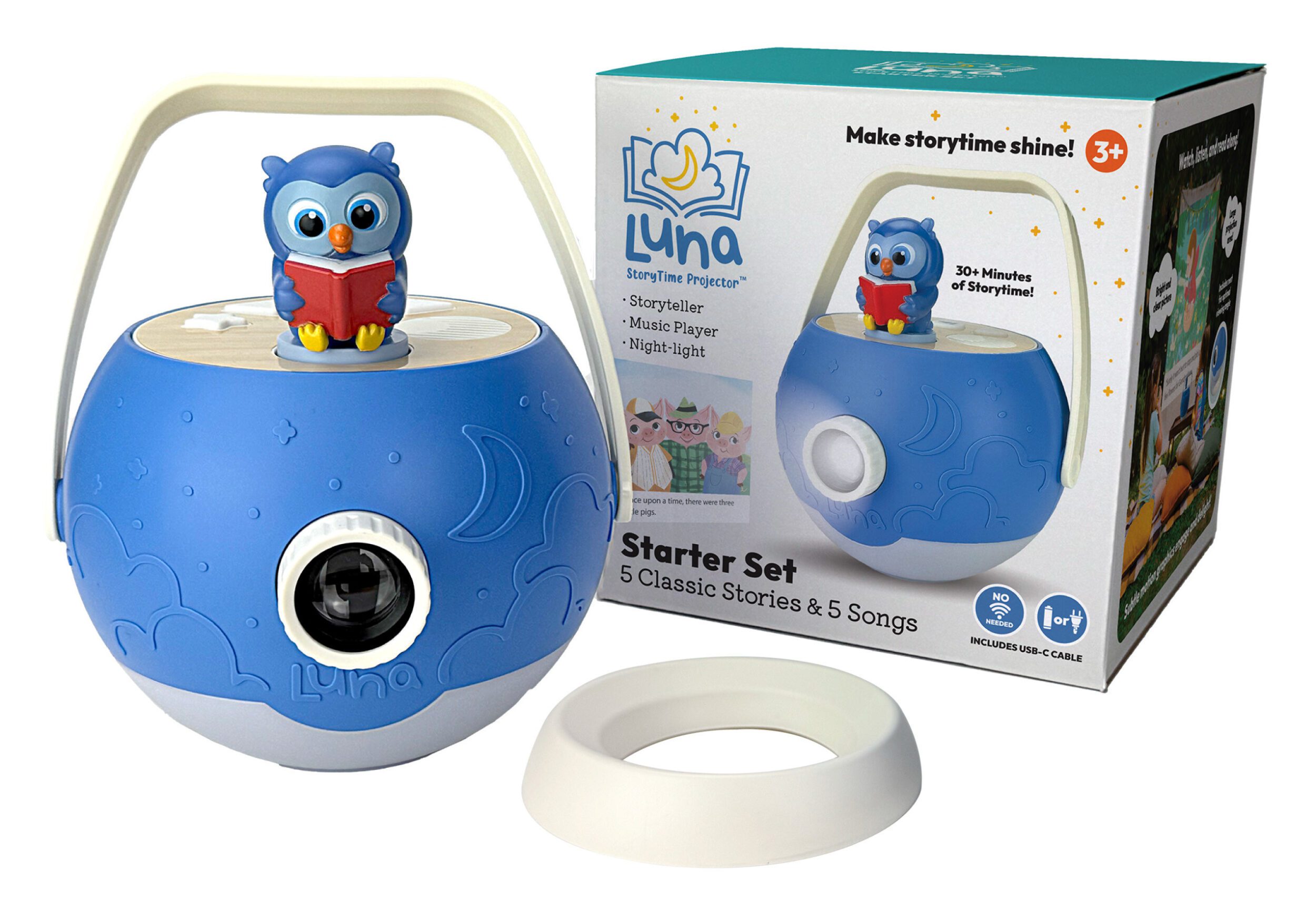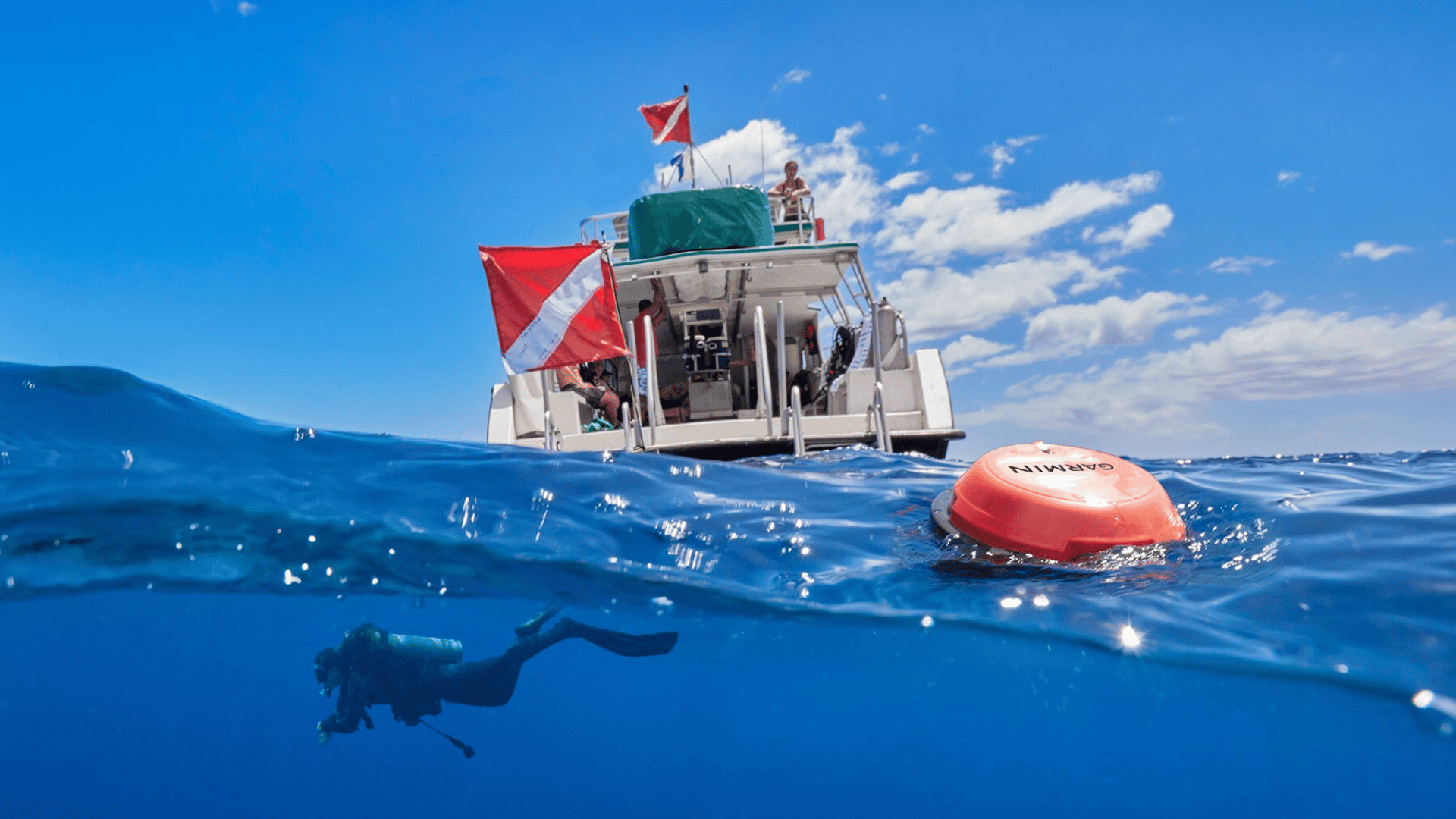Scientists have been trying to use nuclear power in outer space for decades now, with varying results. Unlike traditional solar power, nuclear power systems take up less space and can be used in areas without access to the sun. Some estimates even suggest that proper usage of nuclear can reduce both cost and flight time. Therefore, Kilopower exists.
Short for Kilopower Reactor Using Stirling Technology (KRUSTY), the project hopes to develop a new type of nuclear reactor for space travel. It began in October of 2015 as a collaboration between NASA and the Department of Energy’s National Nuclear Security Administration.
Each Kilopower reactor will be able to produce anywhere from one to ten kilowatts of power for up to fifteen years continuously. Uranium-235 generates heat carried to Stirling converters in passive sodium heat pipes to create fission. Once completed, the reactors will be available in four sizes. For example, the prototype KRUSTY reactor weighs only 134 kg, while the space-grade version will reach a mass of 226 kg.
Uranium-235 was chosen over plutonium for its design simplicity and being well-suited for such application. It was also favorable as uranium can be artificially manufactured, whereas plutonium has a limited, natural supply. The uranium of the Kilopower’s reactor will be surrounded by a beryllium oxide reflector. This is to return energy back into the core, minimizing potential gamma radiation that could damage onboard electronics (and people).

One of the biggest worries for the Kilopower is not the threat of a nuclear meltdown, but rather the lack of control over the reaction itself. A rod of boron carbon is used as the “poison rod,” absorbing neutrons and preventing radiation. Once the reactor reaches its destination, however, the rod is removed, setting off a chain reaction. The rod can be reinserted to adjust the heat output, but once the reaction starts, there’s no going back.
Fortunately, KRUSTY is safe in all other regards. During a demonstration in May, the system went through testing to ensure it would remain stable in all types of situations. “We threw everything we could at this reactor, in terms of nominal and off-normal operating scenarios and KRUSTY passed with flying colors,” said David Poston, chief reactor design at NNSA’s Los Alamos National Laboratory. The other purpose of the experiment was to see if Kilopower could create electricity with fission power.
Once Kilopower is cleared for use, it will likely be used for lunar missions. On the Moon, nights last as long as fourteen Earth days, making solar power a poor choice. Marc Gibson, the lead engineer on Kilopower, said “Kilopower gives us the ability to do much higher power missions, and to explore the shadowed craters of the Moon. When we start sending astronauts for long stays on the Moon and to other planets, that’s going to require a new class of power that we’ve never needed before.”
Is KRUSTY that level of power? It’s very likely. Production is going well and, as shown above, tests are coming back successful. It’s set to remain under NASA and NNSA until 2020 when it will transition to the Technology Demonstration Mission program. From there, more demonstrations and stress missions will be performed in hopes of perfecting the technology at work.

For now, however, Kilopower will be tweaked and polished until it’s safe, reliable, and perfect. There’s no set launch date, but the crew is optimistic. “We put the system through its paces,” Gibson said at the May event. “We understand the reactor very well, and the test proved that the system works the way we designed it to work. No matter what environment we expose it to, the reactor performs very well.”
Let’s just hope it performs equally well in space.
Follow our World of Production, where big ideas bring big growth.







